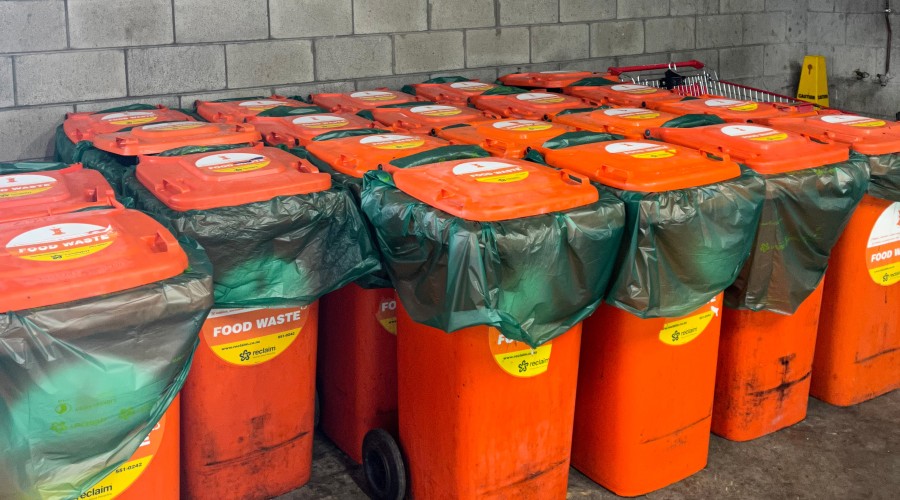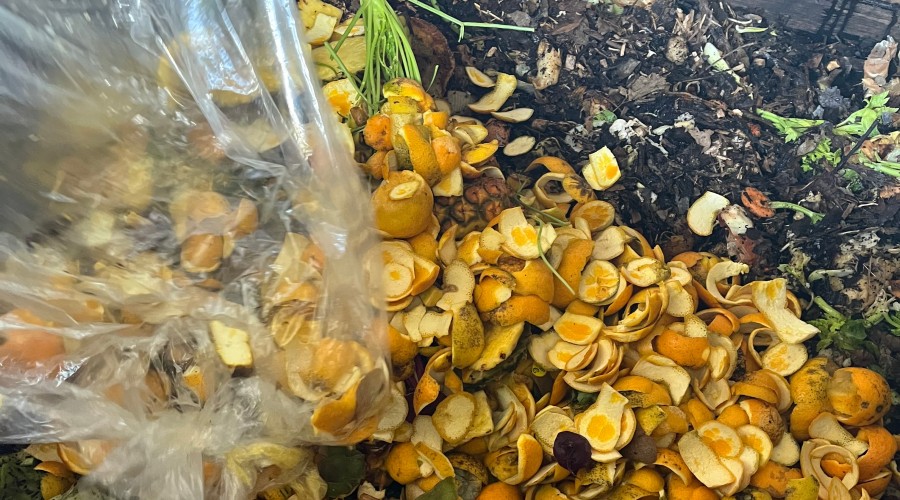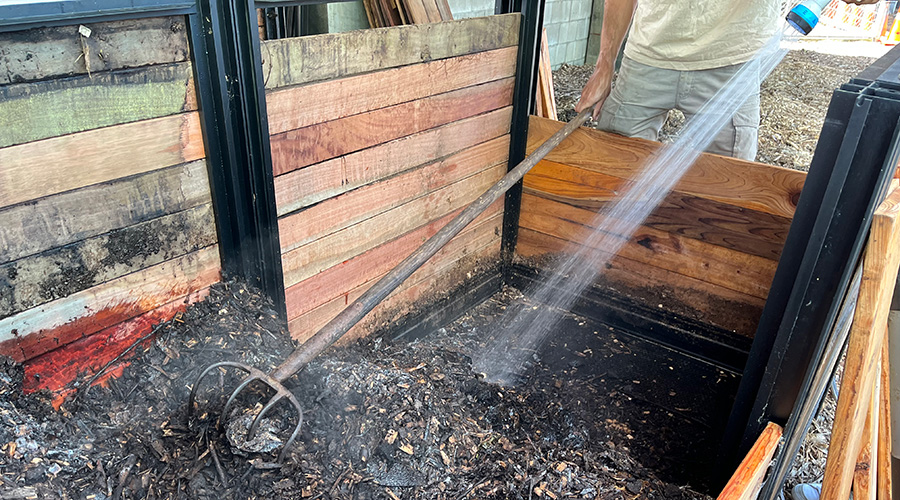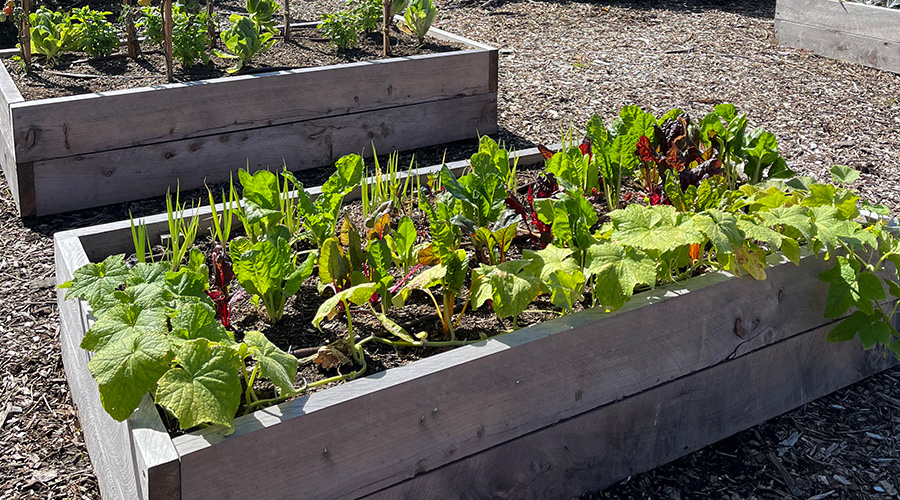Blogs
Compost Garden at Sylvia Park
Our mission
Sylvia Park is on a mission to do its part in helping the environment and the community. Our goal is to reduce organic waste going to landfills by 5%. To achieve this, we have partnered with Outside In to create our own compost station.
Composting is a process that breaks down organic material with oxygen to create nutrient-rich soil. In this initiative, Sylvia Park collects food scraps from our food retailers and turns them into compost at the back of our centre. The compost is then used to grow delicious vegetables and fruits right in our own backyard.
STEP ONE: COLLECTING THE FOOD SCRAPS
Our retailers put their food scraps into special wheelie bins which we then collect. Over the past year, the compost has been made from banana peels, spring rolls, vegetable trimmings, discarded fruit and much more. You name it, we’ve composted it.
We then sort through the bins to make sure nothing uncompostable has been discarded. Once it’s all good to go, we head to our compost station.

STEP TWO: STARTING OUR COMPOST
At our composting station, we have four quadrants, and we start by filling up the first one. We mix the food scraps with things like hedge trimmings, twigs, and other woody materials that are high in moisture and carbon.
To build the compost, we layer the food scraps with the hedge trimmings and woody waste in a tiered cake-like pattern until the quadrant is full. In the first quadrant, we can compost almost 1700 liters or 1.7 cubic meters, but as the compost matures, it becomes more compact and reduces in size.
It takes us around a month to fill up a quadrant completely, which is equal to about 35 wheelie bins.

STEP THREE: FLIPPING
When food waste ends up in landfills, it breaks down without oxygen, which leads to the production of harmful bacteria through a process known as anaerobic decomposition. However, in composting, we introduce oxygen and water to facilitate aerobic decomposition, which is crucial for producing nutrient-rich soil that can be used to grow plants and vegetables.
After a month in the quadrant, we flip our compost into the next quadrant. Flipping the compost helps reduce the production of harmful bacteria by adding air and water, which also speeds up the organic decomposition process.
As microorganisms break down the compost, it generates heat, with temperatures reaching up to 70 degrees Celsius.

STEP FOUR: THE GARDEN
We flip the compost a total of 3 times into the different quadrants – this entire process takes about 12 to 16 weeks.
After this we have nutrient rich soil which we then scatter in our garden and the trees around our centre. Through our compost stations, we’ve been able to grow strawberries, tomatoes, kale, baby cos, basil and spinach.
Our goal for the future is to produce enough compost to produce food for our local community and even have community fruit trees.
